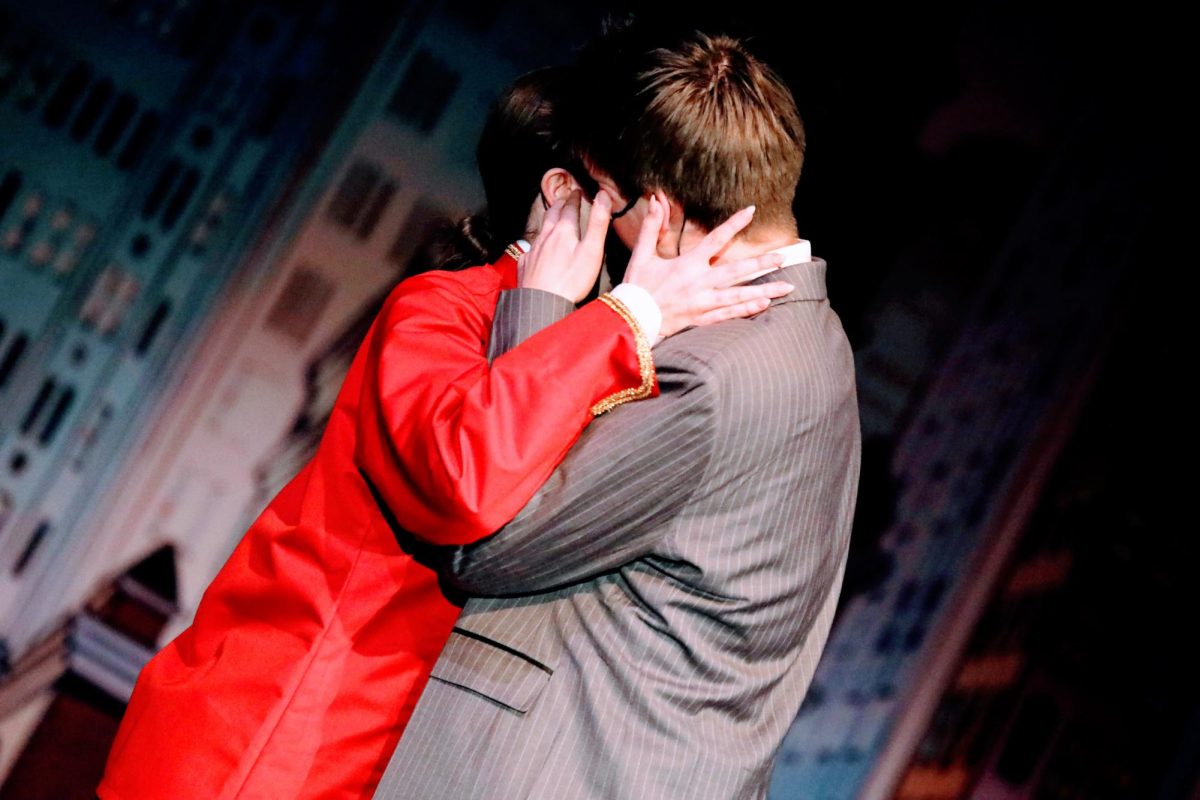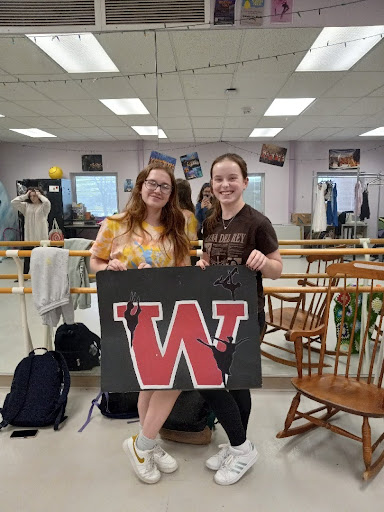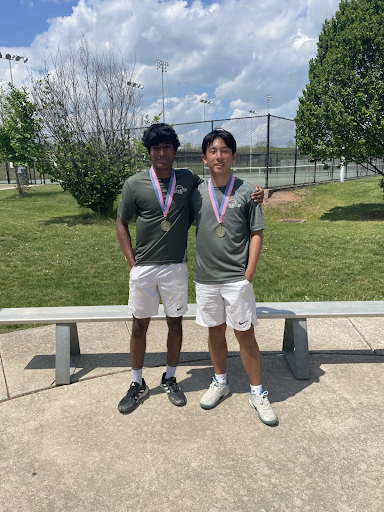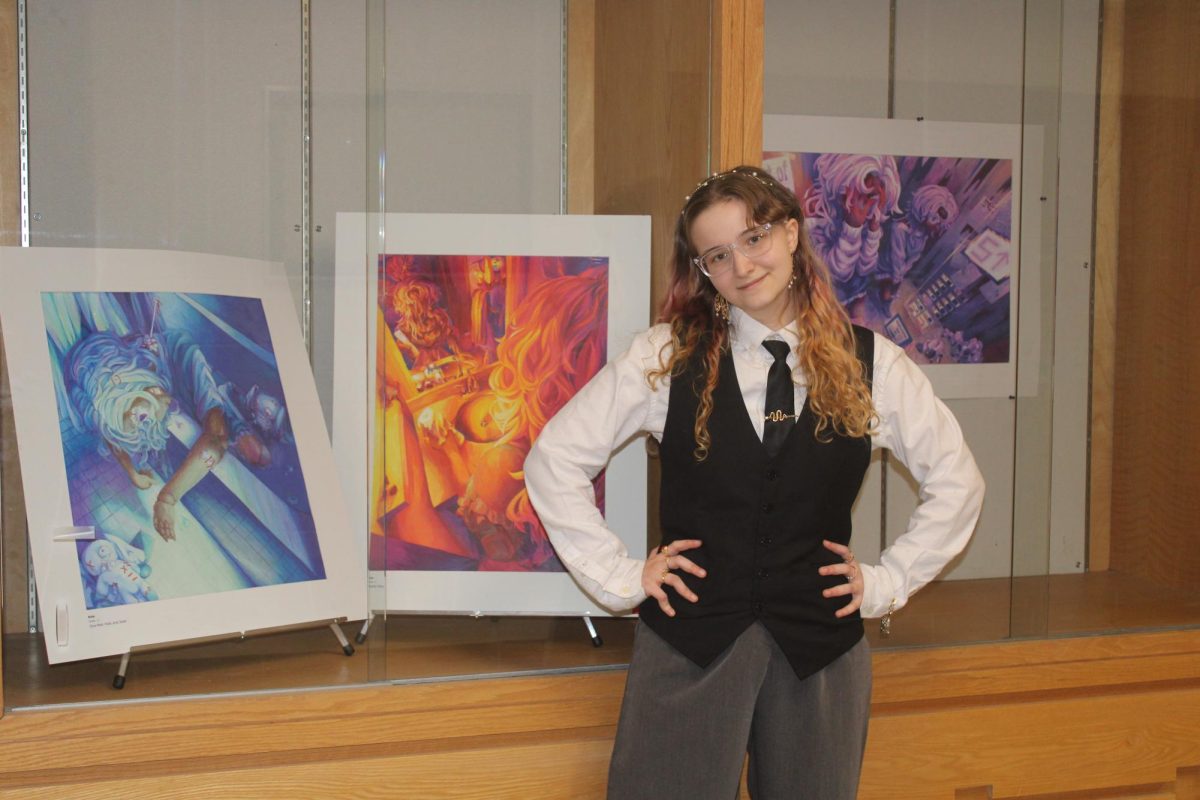As the people of America casted their vote as to who will head the country for the next four years, Methacton’s five AP U.S. Government and Politics classes imitated the process within their own classrooms.
Each class held its own presidential race, including reporters, debates, town halls, and cabinets, attempting in every way possible to accurately simulate the national race that happens quadrennially.
Ms. Denshaw allowed students to choose whether they’d like to run for the role of communications manager, campaign manager, political advisor, or presidential candidate. The process of cabinet selection began in October and culminated in election day on Nov 18.
The campaign process was in-depth, as candidates, via their websites, would describe their viewpoints on controversial topics, such as military funding and abortion.
Outside of the candidates’ cabinets, issue advocacy groups would bring light to problems they viewed as critical. They could even voice their concerns to the public–students in the class who would be voting for the president–through a Google Classroom post.
Before the town hall debate, the candidates had an opportunity to create a first impression in front of their respective classes, along with many others who skipped their lunch periods to attend. These first set of debates set the tone for the rest of the campaign.
Following the first debate, pollsters sent out Google forms to gauge public opinion of the candidates and their performances. Many of the aspiring presidential nominees who performed well in the first debate would end up winning the vote in their respective classes.
After the candidates had some time to analyze the favorability poll results and adjust their campaign accordingly, the town hall debate commenced on Nov. 7. In this debate, the candidates directly answered questions from voters and representatives of issue advocacy groups that didn’t get touched on in the first debate. Like the first debate, the public was asked to rate the candidates’ performances and prejudge the candidates they would vote for.
Journalists documented the events and analyzed their effectiveness through a series of articles posted during the duration of the election. These articles reflected the narratives created throughout the respective debates in every class.
Finally, the candidates delivered their closing speeches on Nov. 18, ahead of the ballots being cast on Nov. 21. These speeches were open-ended, allowing candidates to approach in any direction they chose. Some touched on any apparent contradictions in their policy prescriptions, while others talked to the voters about what puts them above other candidates running.
Subsequently, five candidates were elected, one per class period: Dominic Albergato in period two, Will Groschopp in period three, Alina Miao in period four, Max Wu in period five, and Boyd Nesta in Period seven.
The simulation served as an interactive experience for the students of Ms. Denshaw’s class, fostering an atmosphere for civic engagement. The yearly tradition helps students understand the importance of voting and making their voices heard on election day.






















